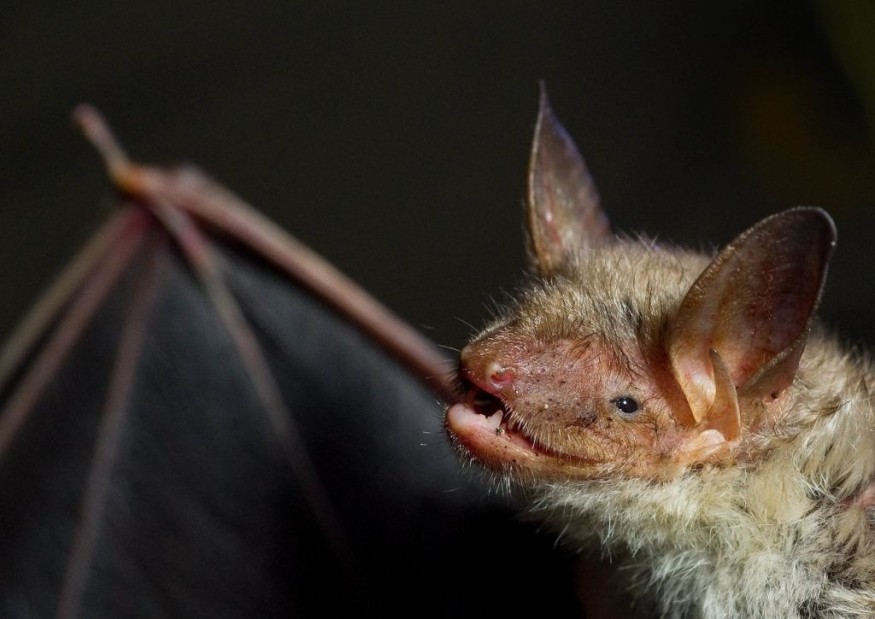
Animals cope differently in escaping their predators. In time, many species have long been found to evolve their sense of urgency and skill to discourage predation. One of the "most fascinating phenomena in nature" is mimicry.
Mimicry traits among species are often reflected and have evolved to deceive predators or prey. This trait was recently found evident among mouse-eared bats, literally "buzzing off" predators, according to LiveScience. To escape being snagged by a ravenous owl, the mouse-eared bat (Myotis myotis) mimics buzz of angry hornets, scaring off potential predators.
"To my best knowledge, ours is the first documented case of acoustic mimicry in a mammal," said Danilo Russo, senior author of the study and a professor of ecology at the Università degli Studi di Napoli Federico II (UNINA) in Portici, Italy. "Traditionally, mimicry is mainly evident and has been mainly studied in the visual domain," the author wrote in a new study published in the journal Current Biology.
According to experts, imitating scarier animals is a defensive strategy seen not just in mammals but a variety of animals.
Visual vs. Acoustic Mimicry
Warning signals, either visual or acoustic, are "one of the keystone concepts in evolutionary biology and has received substantial research attention," according to a study reported in the journal Proceedings of the National Academy of Sciences (PNAS), although acoustic mimicry "has never been rigorously tested."
In the new study, researchers document the first case of interspecific acoustic mimicry in a mammal and how the greater mouse-eared bat demonstrates distress calls by imitating the sounds of stinging bees or wasps.
Like visual mimicry, acoustic signals are also very important in animal communication. Other bat species, aside from M. myotis, uses similar tactics to deter predators, according to Mirjam Knörnschild, a senior scientist at the Museum for Natural History in Berlin, Germany, who was not involved in the study.
"It makes total sense to me that bats, with their remarkable vocal abilities and sophisticated control over their vocalizations, resort to acoustic means to fool predators," she told Live Science.
The One with the "Buzzy Bats"
Researcher Russo was completing his doctoral degree when he first heard the "buzzing bats" while in Lazio, a region of central Italy, like wasps or hornets. He immediately suspects this is to avoid predation.
He tested this hypothesis with a research group led by Leonardo Ancillotto, first author of the study and a postdoctoral scholar at UNINA. They set out to take recordings from the bats and compared the acoustic qualities of the buzzes with those of several stinging insects, including European hornets (Vespa crabro) and Western honeybees (Apis mellifera). When handled by the team, the animals produced highly-repetitive, pulsed buzzes.
Taking the owl's hearing range into account, the team found that hornets' buzzes appeared "remarkably similar to those produced by bothered bats" within that range. The team played the recordings to barn owls (Tyto alba) and tawny owls (Strix aluco) and recorded a consistent reaction from the owls, similar to how they react to real buzzing wasps.
This finding hints that "avoidance of buzzing animals is hardwired in the owl's behavioral repertoire," Russo said.
© 2025 NatureWorldNews.com All rights reserved. Do not reproduce without permission.





